
1820 Turnpike Street in North Andover is leasing to the Divine Sugar Cake Shop. Divine Sugar, a family run business, specializes in Brazilian style cakes and desserts. The shop plans to be open for business by the end of the year. Brazilian cuisine offers a wide variety of delicious cakes, each with its unique flavors and characteristics. Divine Sugar Cake Shop. Randy Tibbetts of Tibbetts Real Estate negotiated the lease.
Here is a popular list of Brazilian cakes.
Types of Brazilian cakes
Brigadeiro Cake: Brigadeiro is a famous Brazilian chocolate sweet, and the cake version often features layers of chocolate cake with brigadeiro frosting and chocolate sprinkles.
Bolo de Rolo: This is a rolled sponge cake with various fillings, such as guava paste or doce de leite (milk caramel). It’s a traditional dessert from the state of Pernambuco.
Quindim: Quindim is a bright yellow, sweet custard cake made with ingredients like sugar, egg yolks, and coconut.
Beijinho Cake: Beijinho is another popular Brazilian sweet similar to brigadeiro, but it’s made with coconut. The cake version often features a coconut cake with beijinho frosting.
Cocada Cake: Cocada is a coconut-based sweet, and the cake version incorporates coconut in the cake layers and frosting. It can be found in various regions of Brazil.
More Cakes
Bolo de Cenoura or carrot cake: is made with grated carrots, often mixed with chocolate or a chocolate ganache topping. It’s a popular dessert in Brazil.
Tres Leches Cake (Bolo de Três Leites): This cake is inspired by the Latin American dessert and is soaked in a mixture of three different types of milk (condensed m

ilk, evaporated milk, and heavy cream) to create a moist and sweet treat.
Cassava Cake (Bolo de Mandioca): Made from cassava or yuca root, this cake has a unique texture and flavor. It’s common in the northern regions of Brazil.
Corn Cake (Bolo de Milho): This cake is made with cornmeal or corn kernels, giving it a slightly sweet and nutty flavor. It’s often enjoyed during Festa Junina, a Brazilian festival.
Goiabada Cake: Goiabada is a type of guava paste, and this cake features layers of cake with goiabada filling.
These are just a few examples of the many delicious cakes you can find in Brazilian cuisine. Each region of Brazil has its own traditional cakes and desserts, and the country’s diverse culture has contributed to a rich tapestry of flavors and sweets.
1820 Turnpike Street North Andover MA 01845
1820 Turnpike has a few retail businesses on site including; The Candy Dish, AGLOW Air Brush Tanning and Ani Eyelusion.





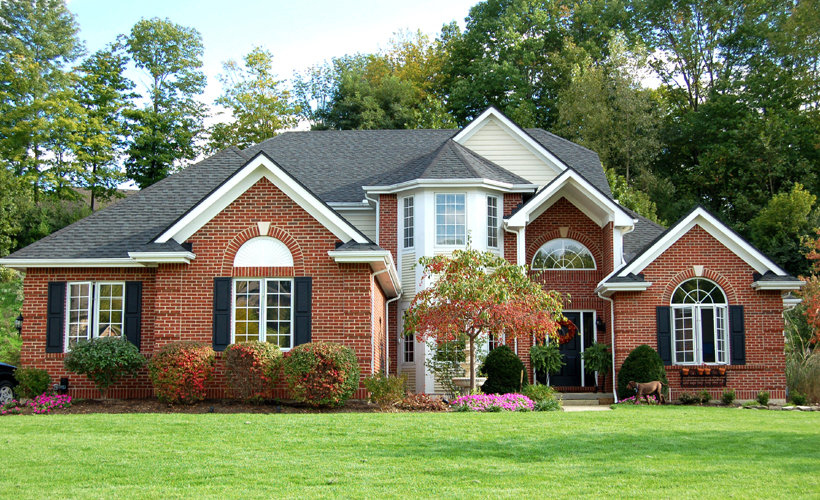
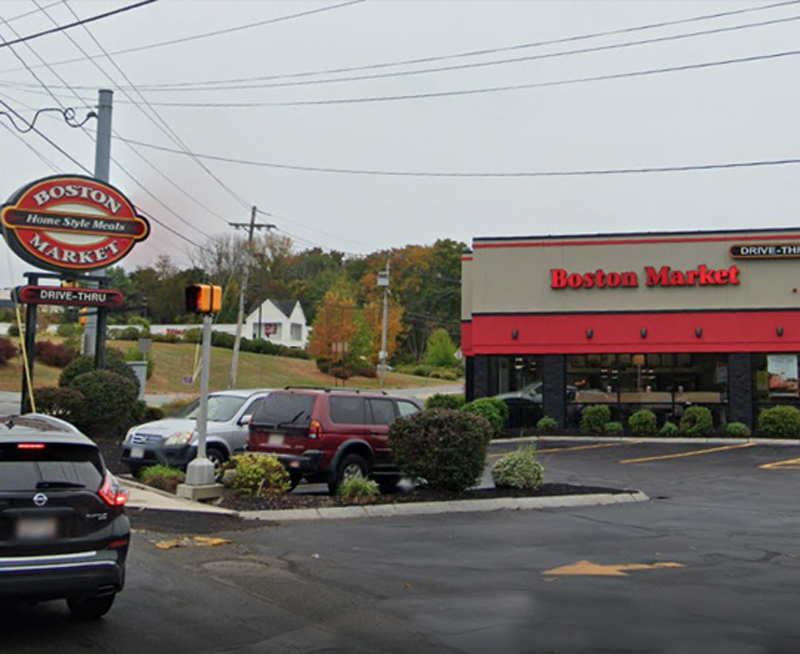




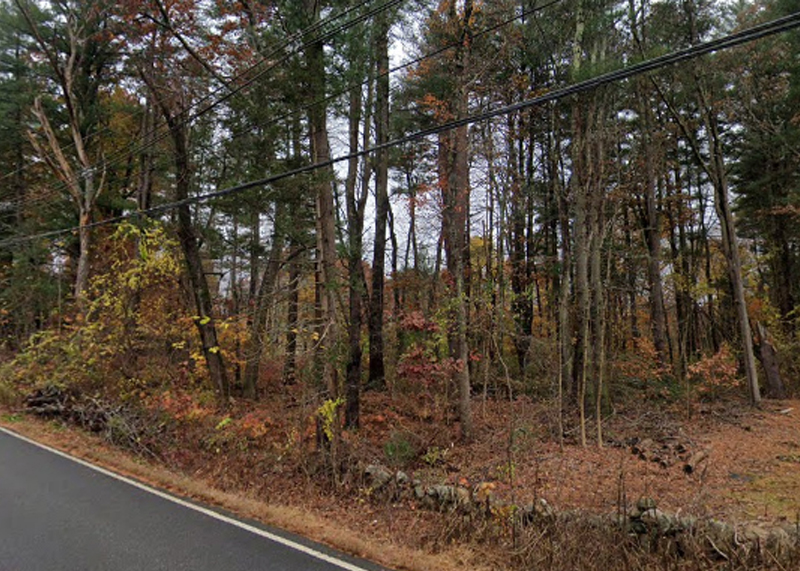
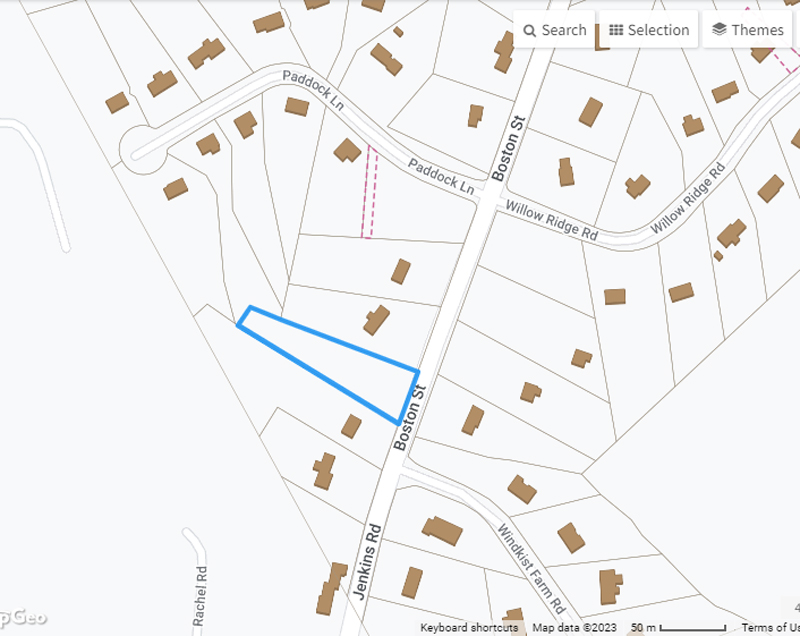
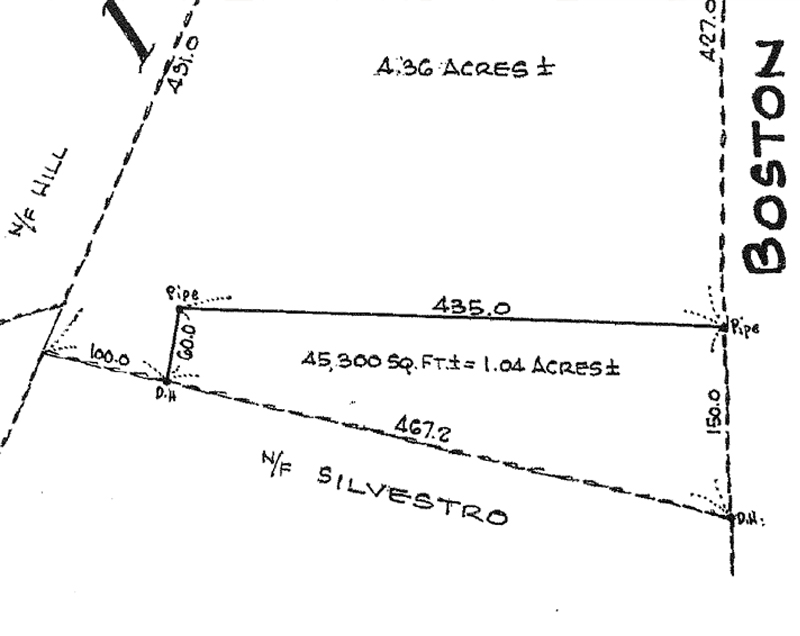
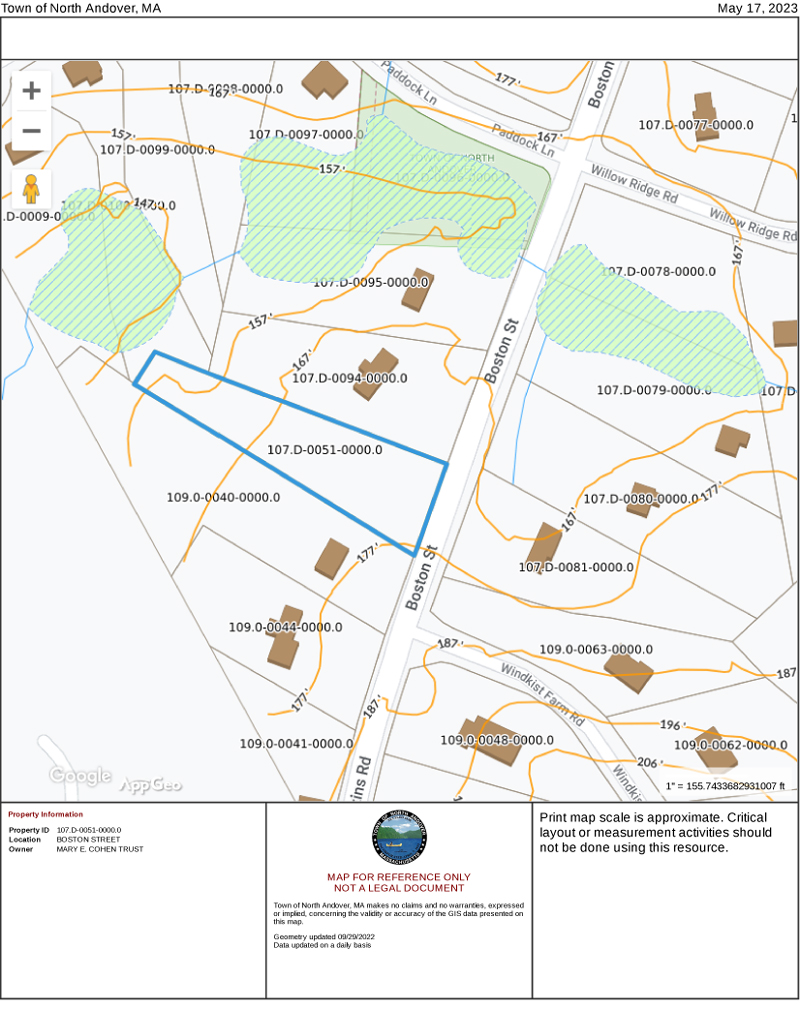
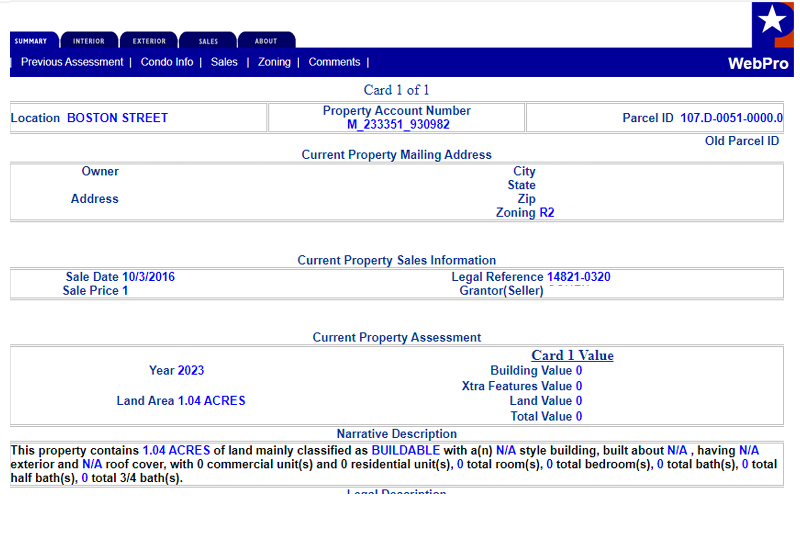
 Randy Tibbetts is an independent real estate broker providing professional residential & commercial real estate services in MA
Randy Tibbetts is an independent real estate broker providing professional residential & commercial real estate services in MA